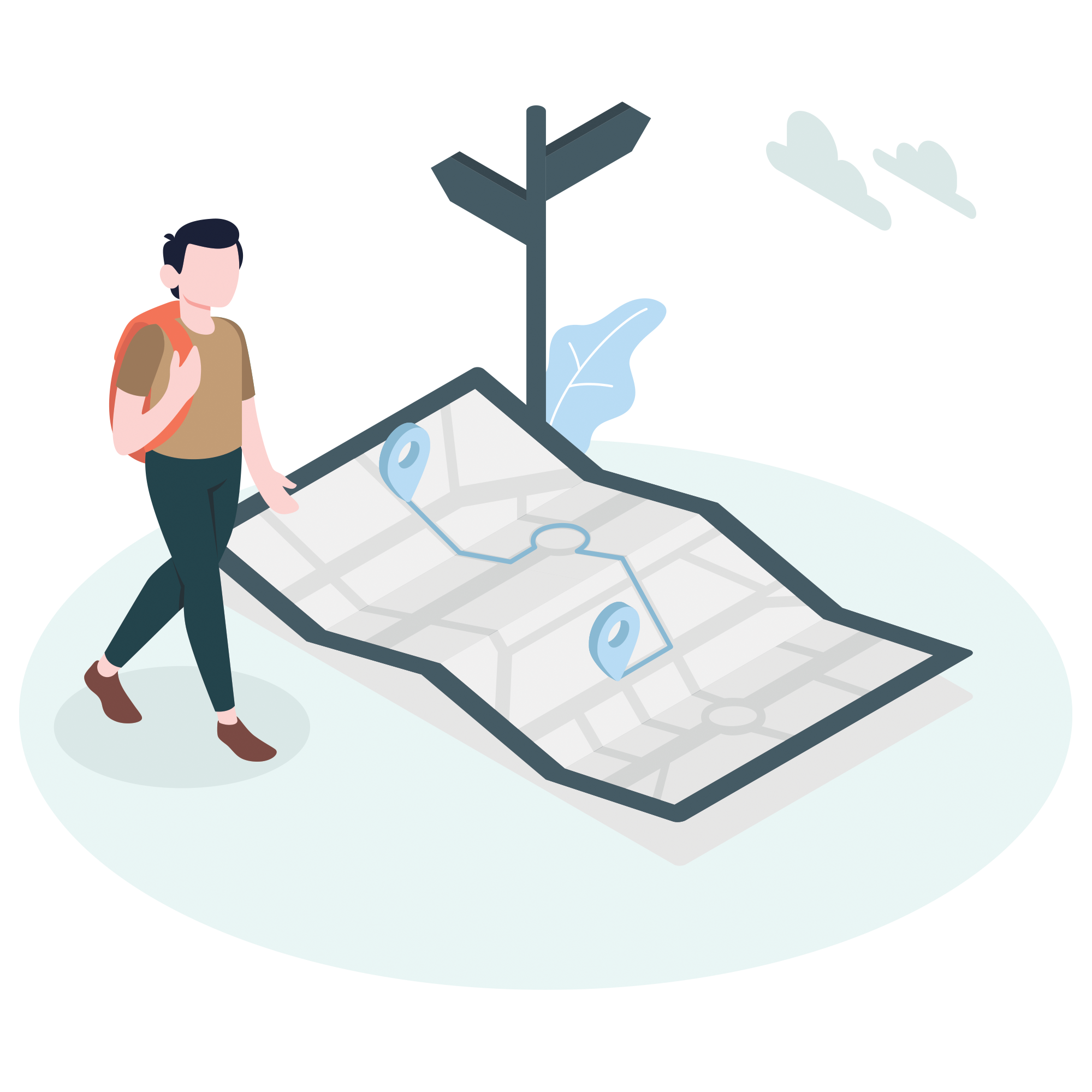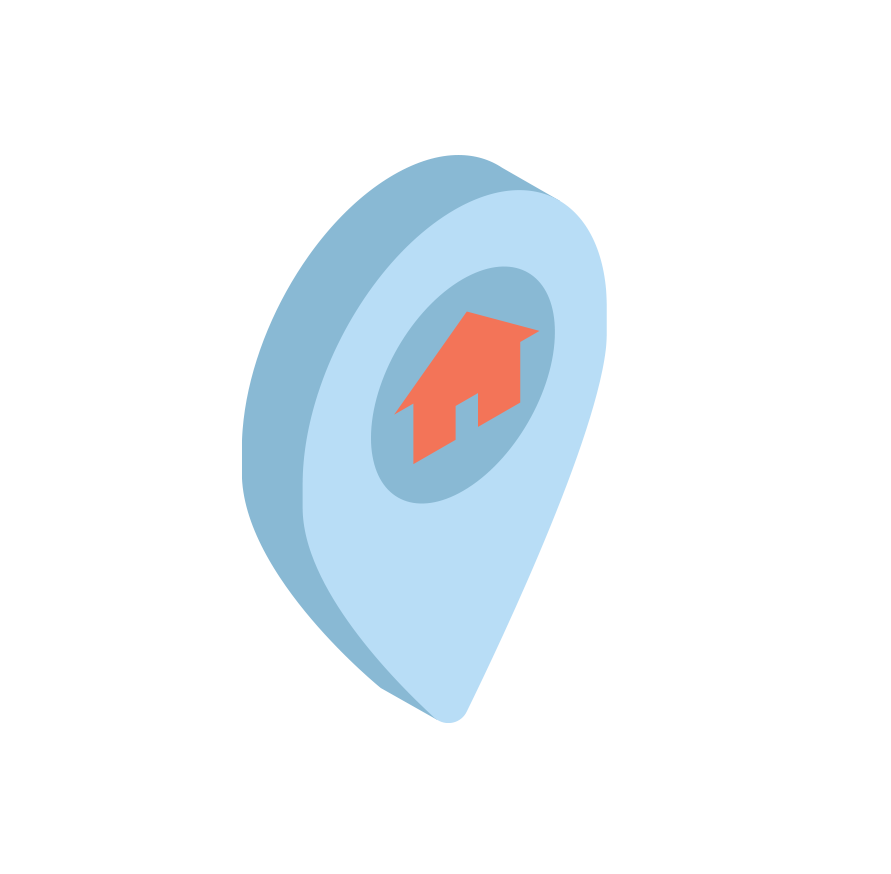
The Construction Draw Mortgage
You’re buying a new home and will be paying in installments.
Today
✔ Connect with your mortgage broker to put together a Mortgage Pre-Approval and determine the maximum amount of money that you can borrow to build your new home. You might even think about a rate hold!
Imagination Stage
✔ Work with your Realtor to find a prime building spot (if you don’t already have one), and work with the builder of your choice to start narrowing down plans, specs and selections for your dream home! (Remember to keep the budget you’ve set with your mortgage broker in mind).
Plans & Budget Complete
✔ Once you’ve completed the budget and solidified the plans, it’s time to work with your mortgage broker to finalize the mortgage. A Draw Mortgage is a sophisticated product; lenders will want information about your income, down payment and the project. At this stage, you must provide a signed contract between you and your Custom Home Builder, development and building permits, an appraisal confirming the value of the project (your broker will help you with this), and confirmation of your Builder’s New Home Warranty. Be prepared to be patient with this part of the process; it takes about a month. Once this is complete, your lender will send the information to the lawyer’s office, and you will sign on the dotted line. Now you’re ready to start!
Specific Advance or Land Loan
✔ If you’re tearing down a house with a mortgage on it, your lender will complete what is called a Specific Advance before the start of construction. ✔ If you own the land free and clear (with out a mortgage) your lender may complete a land loan to provide you with the initial funds to start construction.
Foundation
✔ At approximately 16% completion, your builder will advance the first construction draw. At this stage, they are looking for excavation, waterproofing and weeping tile to be completed.
Lock Up
✔ At approximately 48% complete, the builder is typically willing to make another draw (or advance). At this time, they are looking for substantial completion of backfill, framing, sheathing, roof complete, rough plumbing, rough wiring, windows, and HVAC Insulation/vapour barrier.
Drywall
✔ At approximately 75% complete, the builder is typically willing to make another draw (or advance). At this time, they are looking for substantial completion of Drywall, taping, basement floor poured and HVAC equipment.
Substantial Completion
✔ In many of the custom builds in Calgary, the build prices exceed $1M. As a result, our lenders are often able to split the final draw in to 2 separate draws to help with cash flow as clients near completion. Once a significant number of finishings have been installed and you’re nearing 85% completion, you can call for another draw.
Occupancy
✔ The lender is willing to advance the final draw once the occupancy certificate has been granted and there has been substantial completion of flooring, electrical and plumbing fixtures. The interior finishes are complete and the exterior is nearly complete.
Now, it’s not just time for the final draw … it’s time for the House Party!
A Construction Draw Mortgage is often essential to financing and constructing a New Custom Home. At Spire Mortgage Team, we’ve helped many clients secure custom financing products to build their dream homes! Every draw mortgage is uniquely structured to match your custom home budget, give us a call to discuss!
If you've decided to take on the exciting adventure of building your own home, understanding the financial intricacies is key to a smooth construction process. Check out our additional information section to make sure that you understand what you’re getting into!
What is a Construction Draw Mortgage?
A construction draw mortgage is a type of loan used to finance the construction of a new home. It's called a 'draw' mortgage because funds are disbursed or 'drawn' at various stages of the construction process instead of being provided as a lump sum. At Spire we have AAA options that provide the draws in 4-5 stages as well as Private draws that will advance the funds in up to 10 stages.
How Does a Construction Draw Mortgage Work?
A construction draw mortgage breaks down the entire construction process into several stages, also known as draws. Instead of receiving the entire mortgage amount upfront, the borrower receives the money in instalments that align with these stages.
Typically, these stages are:
Foundation stage: After the site is excavated, and the foundation is poured and inspected.
Lock-up stage: The point at which the home's exterior is completed, and the property can be locked up.
Drywall stage: When the interior of the house is framed and the drywall is installed.
Completion stage: When all construction is complete and the home is ready for occupancy.
Each draw requires a home inspection, and once the inspector confirms the completion of a stage, the lender releases the funds for that draw. This process ensures that construction is proceeding as planned and that the funds are being used appropriately.
How does the Lender determine the price of the New Custom Home?
The “purchase price” or “build price” that is used to determine the maximum allowable mortgage amount is calculated as follows:
Total build price + Total Land Value = Purchase Price
To determine the land value, an in-person appraisal is required. If the property currently has a home on it, the appraiser will provide the value of the land WITHOUT the current dwelling in place to determine the straight “land value.” An appraiser will also look at the blueprints and ensure that the structure and finishings will appraise at the contracted build price or higher. If your build contract includes line items and costs for demolition or asbestos treatment of the current home, these costs will be removed from the purchase price.
Depending on the price of the build and the client’s income, a down payment between 5% or 35% or more may be required.
How do I get the money to buy the land for a Custom Home Build?
There are several different options for purchasing land to build your custom home.
Purchase the land with cash. If you have available cash, you may want to buy the land without using a mortgage product. In this case, the free and clear land would become the “down payment” for the draw mortgage.
Purchase the land with a Land Loan. Many of our lender partners will offer a land loan at a rate of Prime +2% to secure the land. Typically, you can obtain financing for between 75%-80% of the land's appraised value.
How do I get a mortgage to tear down my house & build a new house?
In Calgary, over the last few years, we’ve seen an increasing number of clients tear down existing properties and use the lots to build new homes. This has been very common in communities like Altadore, South Calgary, Briar Hill, Kensington and others. The question is - how does the mortgage work?
Typically a client will own a property that currently has a mortgage on title. As such, we will need to schedule what is called a “Specific Advance” to payout the current mortgage and register the draw mortgage on title. This specific advance is in addition to the 4-5 draws for the loan.
What are Builder Lien Holdbacks?
The builder’s lien holdback in Alberta is money that the property owner keeps, usually 10% of the total cost of the construction work. This money is kept aside during the construction project. After the project is finished, the owner waits for 45 days before giving this money to the contractor. This is done to ensure that if any subcontractors or suppliers are not paid by the contractor, they can get their payment from this holdback money. If there are no issues, the contractor gets the holdback money after the waiting period.
Check Out Spire’s Construction Financing Blog Posts!
Should I choose a cost-plus or fixed-price contract to build my custom home?
How to Choose a Builder for Your Custom Home
The Top 5 questions you should ask your builder before signing on the dotted line
The Top 5 Things that can go Over Budget when you're Building a Custom Home






